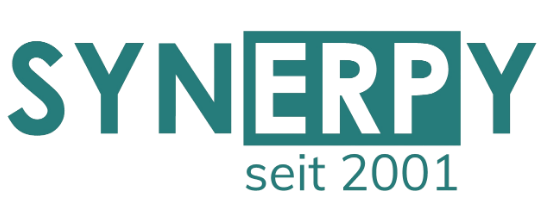In der heutigen Geschäftswelt, in der Unternehmen mit einer immer größer werdenden Datenflut konfrontiert sind, wird die effektive Verwaltung und Organisation von Dokumenten zu einer entscheidenden Aufgabe. Insbesondere in Verbindung mit Enterprise-Resource-Planning (ERP) –Systemen ergeben sich beim Dokumenten Management enorme Potenziale für Effizienzsteigerungen und Kosteneinsparungen. Dokumentenmanagement-Systeme (DMS) spielen dabei eine zentrale Rolle, da sie es Unternehmen ermöglichen, ihre Dokumente und Informationen effizient zu speichern, zu verwalten und nahtlos in die bestehenden Geschäftsprozesse einzubinden.
Ein ERP-System bildet das Rückgrat einer Organisation und integriert verschiedene Bereiche wie Finanz- und Rechnungswesen, Personalwesen, Einkauf, Produktion und Vertrieb. Es dient der Optimierung von Ressourcen und Prozessen, um den Unternehmenserfolg zu steigern. Doch obwohl eine ERP-Software viele Vorteile bietet, stößt sie oft an ihre Grenzen, wenn es um die Dokumentenverwaltung geht. Traditionelle Ansätze wie das manuelle Archivieren von Papierdokumenten oder das Speichern von Dateien auf lokalen Laufwerken können ineffizient und zeitaufwändig sein.

